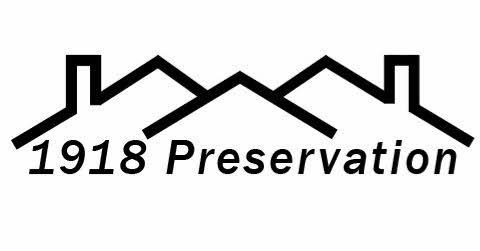Traditional wood comes in many different forms, from pressure treated wood to exotic hardwoods such as ipe. Red cedar can also be painted on request. Cedar is a soft yet very durable wood. There are also some disadvantages to using pressure treated decking, including a tendency to split, warp, and crack, and the need for routine maintenance to keep them looking their best for as long as possible.
Hem fir is not a species cross. Red cedar is most commonly used for fence boards. However, massaranduba also has one of the highest range of movement and therefore requires really good ventilation below the deck.
Which wood is best for decking?
Red cedar retains its appearance at the beginning, but just two weeks later it will take on its characteristic silver-gray color. There are many types of wood that can be used for outdoor decking, but not all offer the same benefits and maintenance requirements, and price and availability vary by region. The treatment process of softwood species makes it more suitable for a variety of applications such as foundations, fences and of course timber decking. In general, you should plan to buy the best wood that your budget allows, especially if you choose between pressure treated wood or high-quality, naturally resistant wood.
Which material is best for decks?
We test manufactured decking boards from certain brands as well as types of wood that are generally unbranded but reflect materials you’ll find in home centers and building materials suppliers. Once upon a time, choosing a decking material was a simple process as wood was the only choice available. A clear wood preservative that contains a water repellent protects the wood surface from the elements and reduces control (fine cracks). However, a clear surface does not prevent redwood or cedar from weathering to a silver-gray color at some point.
And it’s worth noting that most composite ceiling and plastic decking manufacturers also offer a range of matching handrails, balusters and trim panels.
